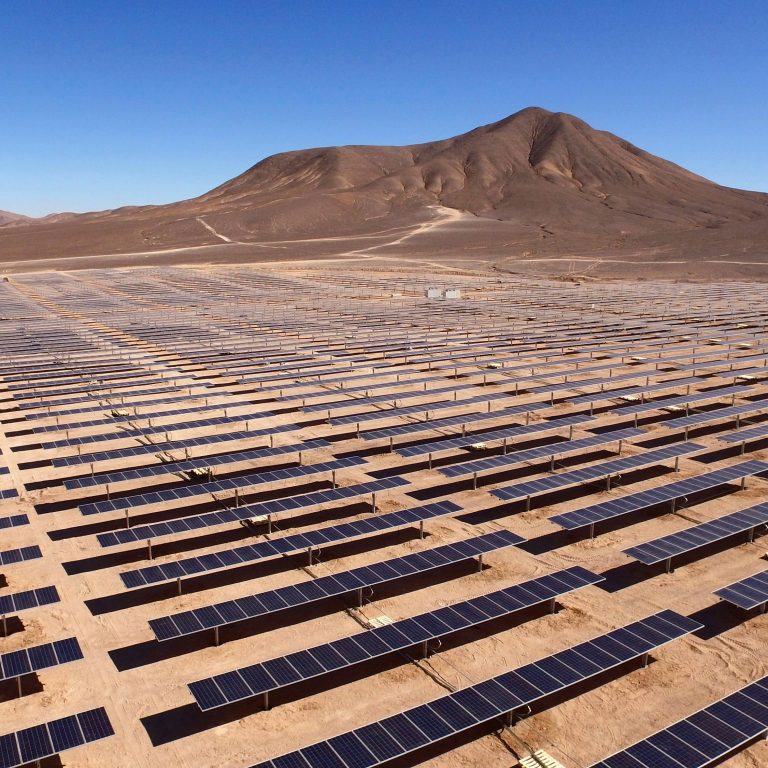Energy Gostar Hooran Paya
Pioneer of clean energy in Iran

Energy Gostar Hooran Paya, a pioneer in Iran’s clean energy sector.”
Hooran Paya Energy Gostar, as one of the leading companies in the renewable energy sector, was established with the mission of transforming Iran’s energy sector and promoting sustainable development. With specialized expertise in constructing solar power plants, we operate to address the country’s growing energy demands and build sustainable energy infrastructure.
Our Key Objectives:
- Development and promotion of innovative technologies in the field of clean energy
- Construction of Solar Power Plants with the Highest Modern Standards
- Providing Sustainable Energy and Supporting the Stability of the National Power Grid
Leveraging cutting-edge global technologies and expert teams for solar energy projects throughout Iran.

Latest articles
Complete guide to solar energy investment
How to Obtain Facilities and Permits from the Government for Establishing a Solar Power Plant?
Maintenance and Extending the Lifespan of Solar Power Plants: 7 Golden Tips
Our vision
The Vision of Energy Gostar Horan Paya is to play a key role in the development and expansion of green energy in Iran, and its organizational mission is designed with the goal of creating a solar energy production capacity of 10,000 megawatts within the next three years.
This program includes the construction of 10 to 15 solar power plants with varying capacities in different regions of the country. By ensuring a stable and reliable electricity supply, the company is working to address critical energy challenges in Iran.

Fars Province - The Solar Energy Paradise of Iran
Fars Province, with its exceptional solar energy potential, is recognized as one of the most desirable regions in the country for investing in solar power plants.
This province enjoys an average of over 280 full sunny days per year, with solar radiation intensity of about 2,300 kWh per square meter, making it one of the highest in Iran.

Yazd Province: An Ideal Location for Solar Power Plants
Yazd Province, due to its numerous advantages, is recognized as one of the best regions for the development of solar power plants in Iran.
This province experiences an average of 300 sunny days per year, with solar radiation of about 2,200 kWh per square meter.

Kerman Province - The Emerging Hub of Renewable Energy
Kerman Province, with its unique features, has become one of the most attractive destinations for the development of solar power plants.
In certain areas, such as Rafsanjan and Sirjan, the region has recorded solar radiation levels of 2,400 kWh per square meter. With the successful experience of implementing the 10 MW Rafsanjan power plant and several other solar projects, the region shows high readiness for new projects.
Optimal Areas for Developing Solar Power Plants in Iran
Iran has regions with exceptional solar radiation that make them ideal candidates for the development of solar power plants.
Among them are Yazd Province, which is considered one of the best areas for solar energy projects due to its high solar radiation and vast desert lands; Kerman Province, which, with its abundant sunshine and suitable lands, has significant capacity for solar energy production; and Fars Province, whose climatic conditions and solar radiation levels make it a desirable location for investment in solar energy.
Why is Choosing the Location for a Solar Power Plant Important?
Choosing the geographic location for establishing a solar power plant is not limited to sunlight exposure.
Factors such as temperature, dust levels, humidity, angle of sunlight, and even access to the national grid play a key role in the final efficiency. For example, in desert areas like Yazd and Kerman, while the solar radiation is very high, excessive heat can slightly reduce the efficiency of the panels. In contrast, in central provinces like Isfahan and Fars, the balance between sunlight and temperature provides optimal conditions for the panels.
